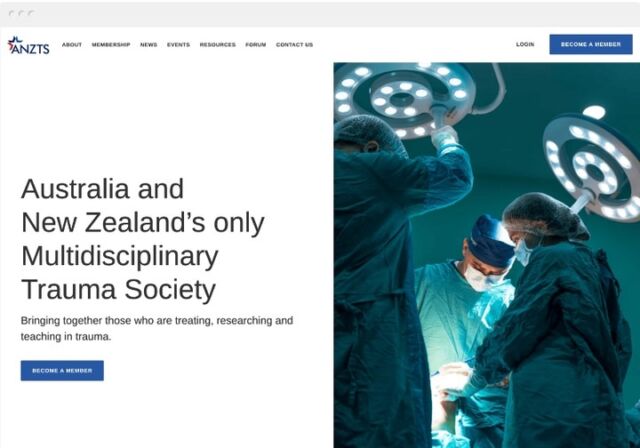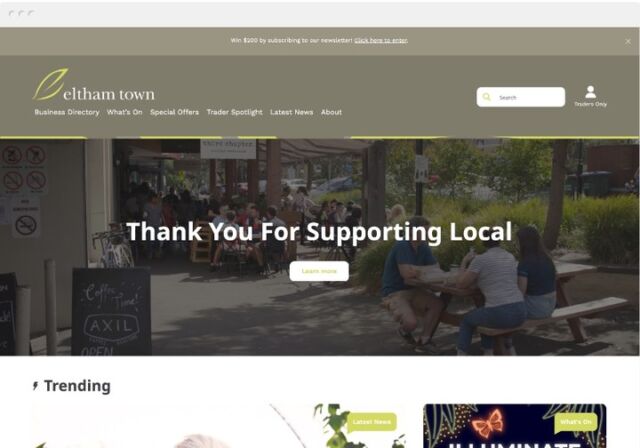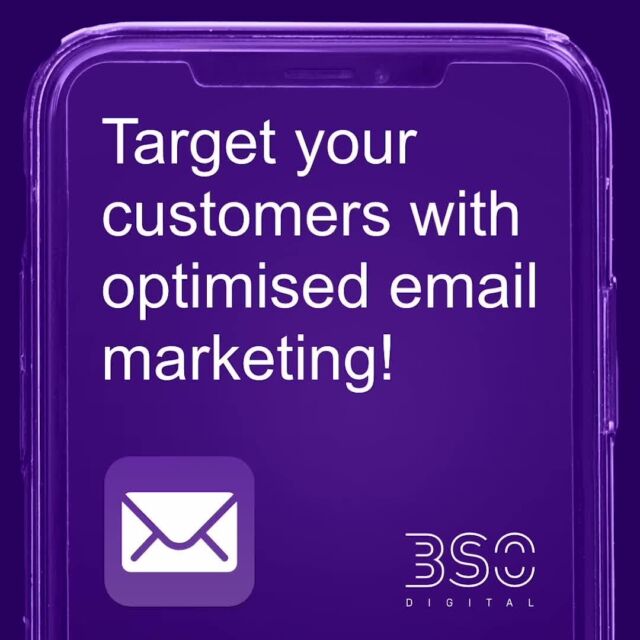Part of you business strategy should include keeping on eye on your competitors and even more importantly keeping an eye on your own marketing efforts. It is easy to become complacent with your own business marketing efforts if the work is coming in and you are at capacity. The key to a good business strategy is to continually work on your brand and marketing. Your website and your online presence is imperative to success, so our question to you is your website something you would show your clients when making a sale? If the answer is no, BSO Digital can help. There are also other aspects to take into consideration.
1: Mobile-Friendly
The mobile platform is fast becoming the most popular for users. In Australia, 80% of those browsing online are doing so on their smartphones. Mobile is a 24/7 platform – you don’t need to get up to sit in front of your desktop, or sit up with a laptop. Instead users can browse on their tablets and phones, before going straight back to sleep.
If your website isn’t responsive, then you are missing out on a large chunk of your possible conversions. Users will quickly navigate away from a website that simply doesn’t work with their tablet or smartphone. You want to create the easiest mobile experience for your customers – so it is a smart idea to include responsive design into your website redesign, if you aren’t already optimised for mobile.
Further, Google is slowly showing a preference toward mobile responsive websites with their new mobile friendly test. Websites that don’t pass the test may find their credibility, click-through rate, lead generation and sales affected. If you aren’t already using a responsive design then your competitors have an advantage over you.
2: Social Media
If you don’t have social media on your website, then you are falling behind your competitors. Social media should be used use target audience and direct their attention to what you have to offer. Depending on your website marketing strategy it could involve directing traffic to your website or a landing page or generating buzz around your brand. A website redesign should include, at the bare minimum, links to your social media profiles and network.
Better still, providing sharing buttons so your customers can easily link their friends and family. More sharing means a higher chance of conversions.
A redesign to make your site more shareable should be a priority if you haven’t already done so. Further, customers these days like to feel they have access to the people behind the website. They like to see the human side to a brand. The more you are open to social media and the more you engage with it, the better chance you have at engaging with and converting your users.
3: Functionality
Updating social media and responsive design means redesigning for functionality, ensuring a seamless user experience. But there are other functionality fixes you might need to consider, too. Perhaps your site is difficult to navigate and that is turning away users. Navigation, menus, links and calls to action are all things that can be fixed and tweaked with a website redesign. Websites that are difficult to use or that appear broken may seem untrustworthy to a user, which means you lose a potential sale or client.
Further, a redesign can address functionality issues like site speed. If your site speed is low it could be caused by a number of reasons, images that are too large, a poorly developed site or slow hosting. If your site is slow, chances are users will navigate away before they even get to see your website. A website redesign can clear up these issues.
4: Rebranding
Your business might have rebranded which means your website is now out of date. This can mean more than just your logo and colours needing an update – your content might need reworking, too! If you want to be taken seriously as a business then having a website that matches your brand is important. Users tend to look at a brand online before making the decision to go to a store front. If your branding doesn’t match they might be confused and wary at best, and at worst, not recognise your brand at all.
Keeping your online branding up to date can help you stand out against your larger competitors.
Another issue is the expansion of services. You might have branched out, added more skill sets and services to your business but your website doesn’t reflect that. You could be losing potential customers who are unaware of the new services you provide.
Updating layout, calls to action and optimising popular pages can be part of your website redesign strategy.
5: Your Site is Out of Date
While not all industries need constant website updates, that doesn’t mean your design isn’t out of date. What was cutting edge when your website was designed might be out of date now. If you are in the fashion or design industry, then staying on top of trends are extremely important. But even other industries benefit from a design refresh.
A redesign means you can take advantage of updated technology and changes in design trends. Keeping an outdated design and layout, when your competitors are updating, can make your business look outdated as a result.
Out dated technology is also at the risk of being exploited by hackers. Old plugins can become unsafe, entry points for people to do malicious things to your site. Keeping up to date means keeping your website protected.
6: Search Engine Optimisation
SEO is more important than ever these days. If your website isn’t designed to be SEO friendly then you should make this a priority when you redesign your site. Properly utilising custom urls, H1, H2 and H3 tags, page titles, alt tags and meta descriptions will allow you to boost your SEO, improving your visibility and trustworthiness.
With Penguin targeting sites that use pop ups, refocusing your advertising efforts on website content is a must to avoid being penalised. If your website is not set up to optimise content, then a redesign is definitely in order!
If you need help with staying current, or have any questions relating to your website, give BSO Digital a call on 1300 88 4865 today.
















